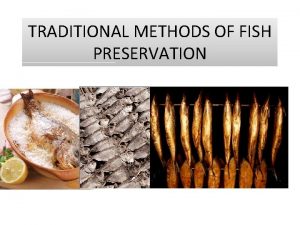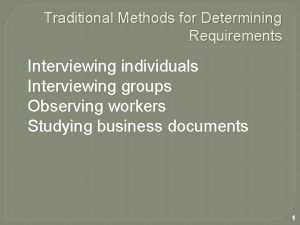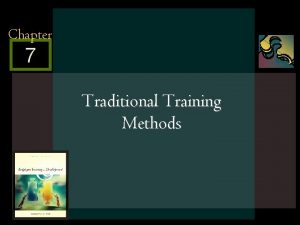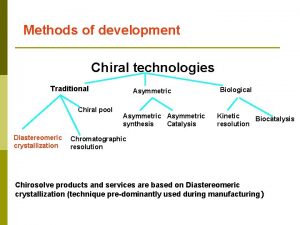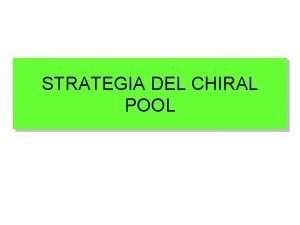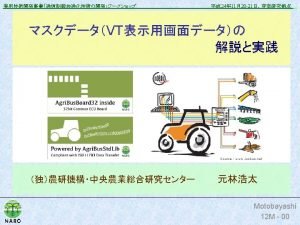Methods of development Chiral technologies Traditional Chiral pool





- Slides: 5

Methods of development Chiral technologies Traditional Chiral pool Diastereomeric crystallization Asymmetric synthesis Catalysis Biological Kinetic Biocatalysis resolution Chromatographic resolution Chicago discovery solution’s products and services are based on Diastereomeric crystallization (technique pre-dominantly used during manufacturing)

Services Screening & Identification The goal of this service is to identify, out of 384 combinations, the specific combinations of resolving agents and solvents that are the most ideal for optimal chiral separation. • 2 sets of 4 CDS chiral kits per racemate are used • Screening is repeated twice to ensure consistent results • Kits are customized with reagents that would give best results for your racemate • For a neutral racemate (alcohol, aldehydes, ketones), derivatization to an acidic or basic state is performed before the screening process • Work done within one week; results include optical rotation and amount of crystal yield

Our Services Method development with target ee purity The goal of this service is to identify the optimal separation process that yields maximum amount of enantiomer of specified purity with minimum number of re-crystallization steps • A number of re-crystallization steps are performed until the desired enantiomeric purity is achieved, and the developmental conditions are recorded • Using Crystal analysis tool, analyze the factors that influence the amount and purity of enantiomer; namely – Optimum temperature during heating and cooling – Ratio between the racemate and the resolving agent – Percent concentration of the solvent (to water) used during separation Note: Once the development method is establish, we can produce up to 100 gm of enantiomer using this method. Further scale-up can also be achieved through our partner companies like SRI in Menlo Park, CA (http: //www. sri. com); or Chem. ODynamics in Sayreville, NJ (http: //www. chemodynamics. com)

Our Services Method optimization using “Green” techniques After identifying the separation process, we can explore further process optimization with following goals: • Avoiding the use of toxic amines • Eliminating or minimizing the use of solvents • Using derivatives of selected resolving agent, to achieve higher purity/yield • Minimizing chemical waste Note: Once the development method is established, we can produce up to 100 gm of enantiomer using this method. Further scale-up can also be achieved through our partner companies like SRI in Menlo Park, CA (http: //www. sri. com); or Chem. ODynamics in Sayreville, NJ (http: //www. chemodynamics. com)

Example Separations (done in-house) • Alcoholic fragment of synthetic pyrethrins Allethrin is a potent insecticide and is more stable than the natural analogs. In order to identify the separation process using Chiro. Solv, we modified this material with phthalic anhydride & succinic anhydride to prepare acidic monophthalates and succinates. • n-BOCS-(+)-β-hydroxymethylpiperidine This is an intermediate for tryptase inhibitor project. • Pyridine-containing β-amino acid 1 (3 -pyridyl-β-amino-3 -propionic acid) and its ester hydrochloride 2. This combination of acidic and basic functional groups offers a wide choice of resolving agents.
